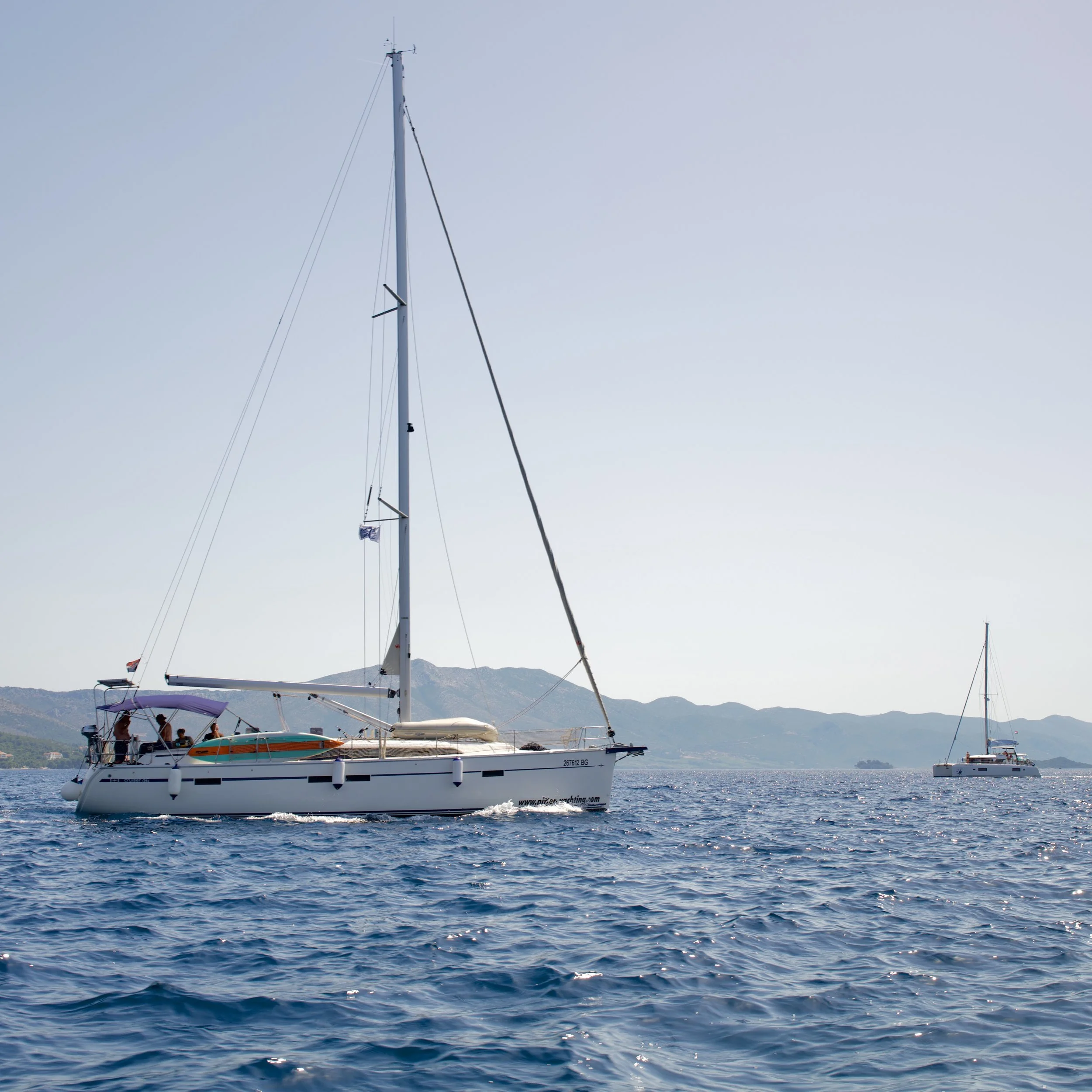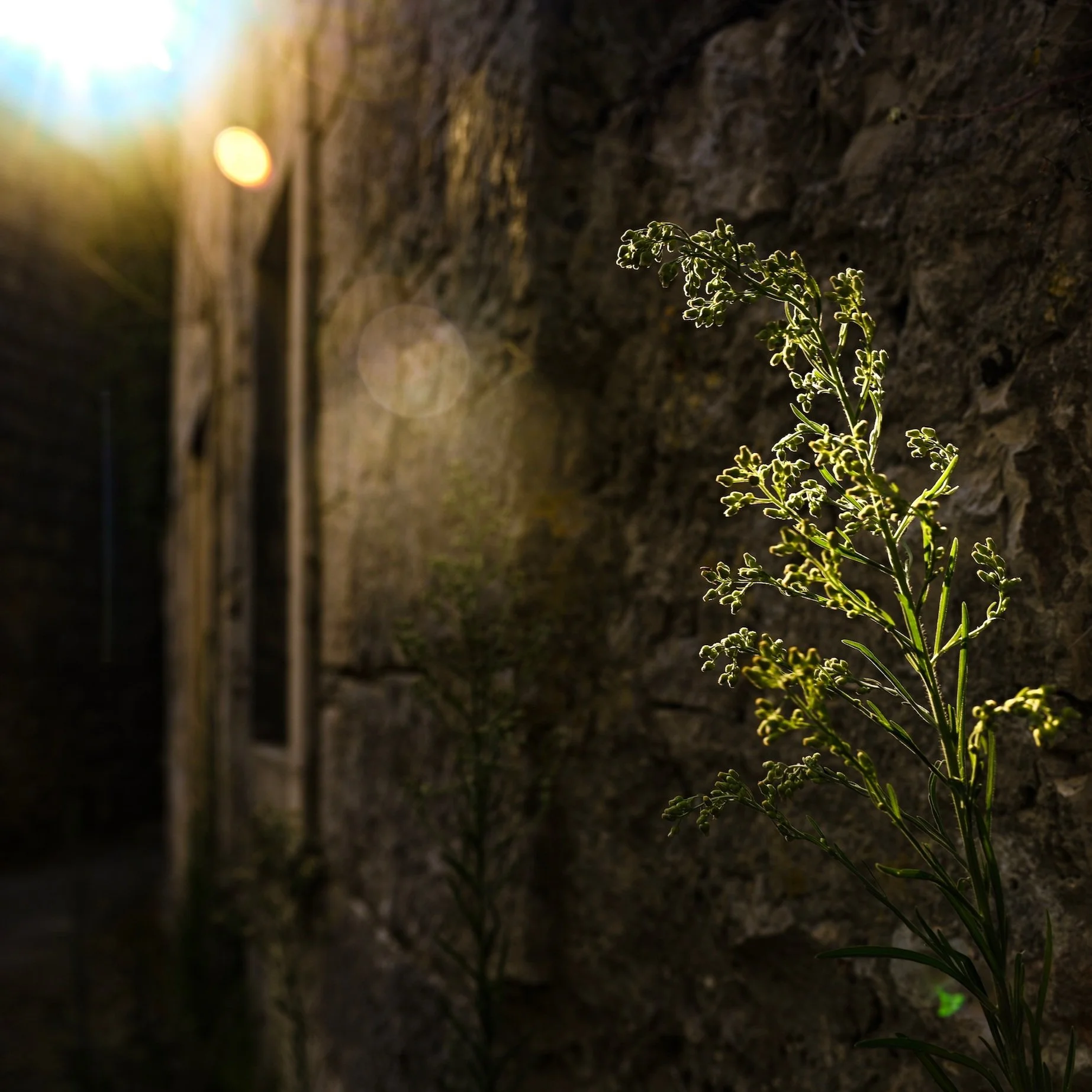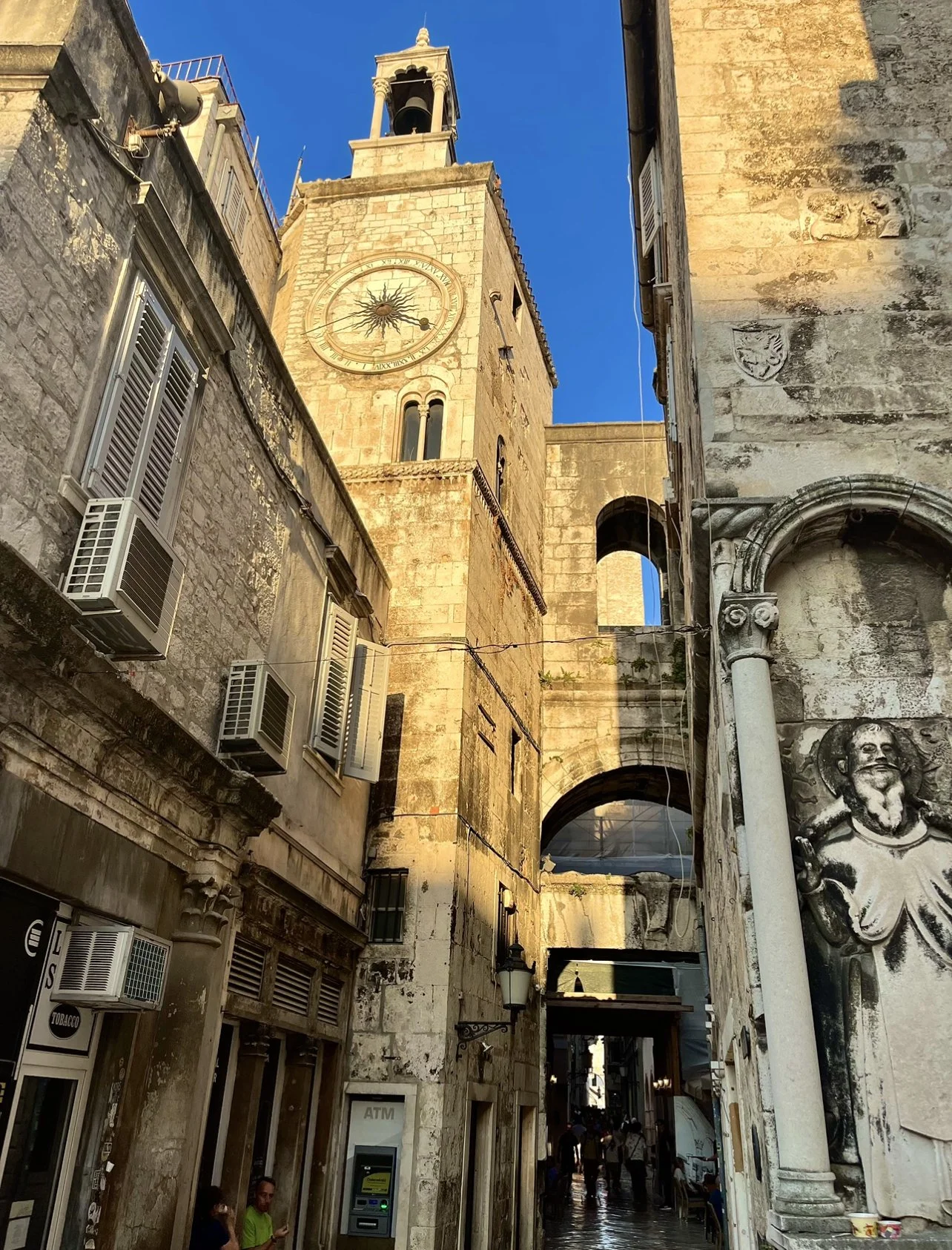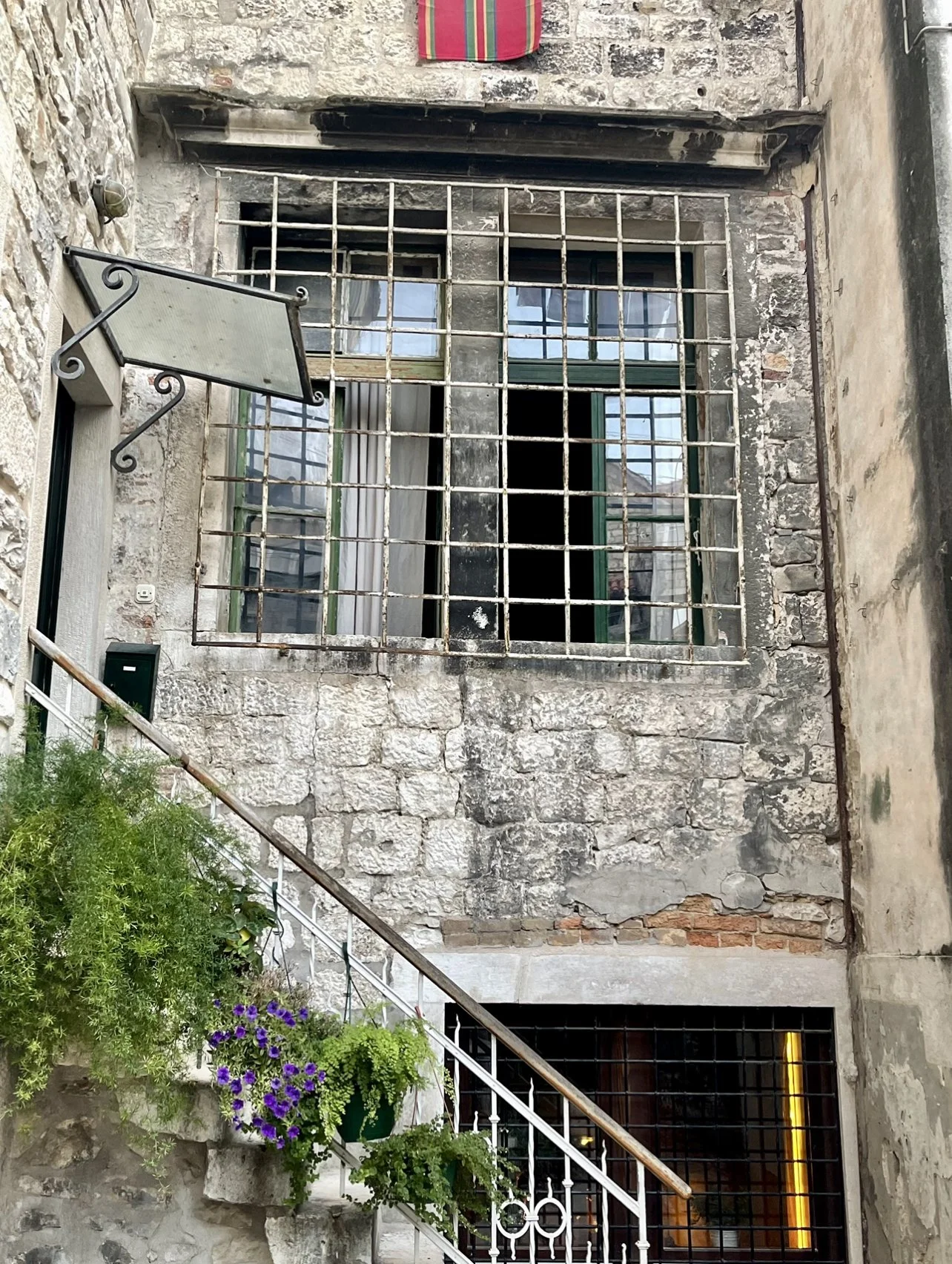Episode 77
Halo, prijatelji!
Kako ste?
Are you ready for a grammar challenge?
In today’s lesson we will learn about the future tense.
Let’s make plans for next week, next month and next year.
We’ll learn a new verb and add our prior skills.
Will you be ready?
Future Tense
future - budućnost
tomorrow - sutra
day after tomorrow - prekosutra
following - sljedeći
next - idući
want - htjeti (future auxiliary verb) + infinitive verb.
ja ću (plivati)
ti ćeš (gledati nogomet)
on/ona će (napraviti večeru)
mi ćemo (naplatiti)
Super Slatko Report
DJ Moe has a very special Follow Up to the Diocletians Palace episode.
He will be clearing up a few things and adding some new things he learned along the way.
Can’t wait!
In this Super Slatko we will continue the Diocletians palace conversation from Episode 70, with a very special Super Slatko Report - Follow Up!
Ok, In case you want to go back in time and listen to that Super Slatko, you can do so at any time, that lesson is ready and waiting.
To clear up a few things up from E70.
I mentioned that Diocletian had a dream to enter his palace via ship, working his way through columns to an internal dock. This statement was probably not possible based on the lay out of the city and some of the things discovered. There most likely weren’t columns and instead there was most likely a dock, not like the ship garage that I was hoping for. Instead cement Dock remnants of a short Pier that ran the width of the exterior walls was found, that would then lead you through the copper gate and under the palace itself.
As I said in E70, Old Town Split and the Palace are one, there are shops, bars and restaurants all through out the walls of the palace. One thing I didn’t have on that list was homes! Apartments, hotels and Air BnB’s, these living spaces literally have their floors and plumbing sitting directly on top of one of the most historic sites in all of Croatia.
Onto the things i learned.
The Big Toe of Grgur Ninski - Ivan Meštrović, as you may remember from the famous Bowman and Spearman Statues found in Chicago. This time Meštrović made 3 epic bronze statues of Grgur Ninski, the Nin of the Church, which is basically the head of the Croatian church at the time. Ninski was the first to introduce the Croatian language back in 926 and is viewed as a Croatian Cultural icon and symbol of pride amongst the people. For that its said that rubbing the Ninski’s Big Toe will bring you good luck. Because of this tradition, all 3 statues have shiny worn down toes in all 3 locations. The other statues are located in Varaždin, in Northern Croatia 41 Km north of Zagreb and the last is in Nin, just outside of Zadar, which is also the smallest of the 3 statues.
The above ground part of the Palace is mostly gone and has been fixed in areas to preserve the original parts. A piece of a column here, a mosaic tile piece there, little things that are purposely not color matched to make it clear which parts are new and which are original. In fact to figure out the true layout of the palace, the basement was used, as the base supports create logical landing points for the walls above. In fact this is the true tour of Diocletians Palace today, the large catacomb basements that were used for everything from Olive oil making, water storage, food stores and even sewage hold.
The walls of the palace are present but unfortunately closed to the public. I was told that the walls are similar to those of Dubrovnik, which means that they could be walked on, they’re just not as long and not as easy to traverse. They are not meant for tourists so they are not well maintained. It also makes things tough when people have built their homes, shops, restaurants into the walls themselves. According to a guide, there is talk that this is something that could be made into an attraction in the future, but figuring out how to get the people with property attached to the walls would need an agreement of some kind, in his words, “That could take a while…”
Lastly…
As you know, Croatia has changed hands more than a few times in its history. And with each change came an ideology change as well. A lot of the symbols, statues, and art pieces weren’t always well received during these changes. So most of these pieces were desecrated in some way. The only way we know of them today is that pieces were left behind. The Sphinxes that Diocletian brought with him from Egypt, were all beheaded. Statues with faces that once hung on temples were broken off and repurposed only to be found in town being used for something else. In one case as an ornament attached to the side of a home. Today archeologists work hard to put all these parts together to truly understand how things were. In fact if you were to find a piece of history in your backyard today you are obligated to notify the authorities immediately or face heavy fines as discoveries are still being made. Luckily for us, archeologists have already made significant strides in this department and we are fortunate to enjoy them today.
That’s it for my Super Slatko Report






